With over 7,000 islands, the Philippines contain several pockets of paradise that are sometimes even more beautiful than the popular tourist destinations of Boracay, El Nido, Coron and Siargao. The only reason why these have not made their way to travel guides is because of their remoteness and relative inaccessibility. Cresta de Gallo off Sibuyan Island, Romblon province, is one of these.
Cresta de Gallo had been in our bucket list for some time and, if not for the pandemic and Leo’s near-fatal bout with Covid, we would probably have been there in 2020. But as we mentioned, the remoteness of island destinations like Cresta de Gallo usually keep visitors, except for adventurous souls, out of reach. And even with improved transportation in recent times, it was still a challenge to get there. Our overnight ferry ride, a 1-hour van ride and a 1-hour private boat ride over rough seas (in the middle of the dry and hot season) was perhaps the easiest way to get to Cresta De Gallo. But upon arriving at the island, we could see right away that it was all worth it.
Cresta de gallo is Spanish for rooster’s crest or fowl’s comb and is an apt description for the shape of this island located off the larger island mass of Sibuyan in Romblon province. It is composed of 2 islands with a sandbar connecting the two. There is another sandbar at the southern tip of the larger southern island. White sand blankets the whole of Cresta De Gallo, as white as any you could find in the country. The sand is so white we were getting blinded by noon time and had to wear shades to fight off the glare.
But perhaps the most stunning feature of Cresta de Gallo for us are its bright cerulean waters. Probably the most amazing color we have seen anywhere in the Philippines – and we’ve seen a lot. Here you will also witness nature weaving together beautiful patterns of blue, green and white anywhere you turn. And as far as we know the sandbars here and elsewhere change shape due to the shifting direction of the sea currents. As a result, sections of the sandbar could look different from what they were a few months ago.
The Northern Islet and Sandbar
The most stunning views may be found on the northern islet and the long white sandbar that connects it to the larger southern island. It is the most amazing sandbar we have seen thus far and one that we thoroughly explored. Tour boats, including ours, dock on the base of this sandbar. Open, native-style huts plus camping accommodations are located on the northern part of the larger island close to this sandbar so many people tend to spend most of their time here. There are no resorts on the island, just very rudimentary facilities, giving visitors a tranquil encounter with nature in its pristine state.
We also found several rock plates, mostly underwater, in this vicinity. The island is known to be home to diverse marine life including colorful tropical fish, sea turtles and even dolphins. Unfortunately, we did not bring any snorkeling gear with us. But simply soaking up the sun, exploring Cresta de Gallo on foot and swimming in its crystal-clear cerulean, turquoise and aquamarine waters were more than enough for us.
The Southern Island and Sandbar
Practically all of the few visitors on this day stayed put on the northern part of the bigger island and the connecting sandbar. We weren’t content to stay there however, and after lunch pushed down south. Walking southwards along the white sand beach along the western coast of Cresta de Gallo, we observed the colors of the crystalline waters turn turquoise. We eventually encountered large rocks and boulders on the beach and had to thread our way carefully as strong waves kept smashing into the rocks.
When we arrived at the southern edge of the larger island, we came face to face with another white sandbar stretching a good distance into the deep blue waters of the Sibuyan Sea. The sand was almost completely submerged – it was now high tide – but the scene was still incomparably beautiful. It would have been nice to stay a bit longer here to get to the edge of the almost submerged sandbar and take photos of the island from there. However, we got worried that the waters might rise even more and make it dangerous to cross over the large rocks on the beach on our way back to our rented hut.
After the trek back to our hut – the one-way hike took about 30 minutes – we rested some but again returned to tour the northern sandbar. Cresta de Gallo was simply irresistible, an untouched paradise tucked away in a remote corner of the Sibuyan Sea, a place you could explore over and over. It made all our efforts to get here truly worthwhile.
We left Cresta de Gallo and headed back to Azagra Port at 2 in the afternoon, having spent 4 hours on the island. The boat ride back was even rougher than when we came. The reception girl at R-Hub Inn in San Fernando town – the place where we stayed – told us that once we made it past the mid-part of the trip the ride would be calmer. We must have gone 3/4th of the way but the sea was just as restless as before. But once we made it back to port and rode a trike back to our inn we began to realize just how fortunate we were to experience one of the most memorable island-hopping trips we have ever done. And our adventures to get here and back only added to the indelible nature of such an experience.
Getting There
Cresta de Gallo is not an easy place to reach but we believe the effort to get there is well worth it. They key is to get to Sibuyan Island in Romblon, from where you can get a motorized outrigger to take you to Cresta de Gallo. If you’re coming from Metro Manila there are a number of ways to reach Sibuyan.
Manila to Sibuyan By Air and Ferry
Air Swift is the only airline that offers flights to Romblon, namely to Tugdan Airport in Tablas Island (flights are not everyday). From Tugdan Airport you need to take a jeepney to the town of San Agustin (you can also travel inland to Looc or Odiongan but San Agustin offers the shortest ferry route to Sibuyan). Catch a Starhorse Shipping Lines (daily) or Starlite Ferry at the Port of San Agustin to take you to the Port of Ambulong in Magdiwang, Sibuyan Island. If the ferry ride is early morning you will need to stay overnight at San Agustin. Travel time to Magdiwang, Sibuyan from San Agustin is about 4 hours.
At Ambulong Port in Sibuyan, vans are available to take you to San Fernando town. At the latter, there are motorized outriggers at Azagra Port (a 10-minute tricycle drive from the town center of San Fernando) that can take you to Cresta de Gallo. The boat ride is a 1-hour trip depending on the weather and sea conditions. You may have to stay overnight at San Fernando and the available accommodations there could help you get a boat ride to Cresta de Gallo. We stayed at R-Hub Inn and their staff assisted us in getting a boat ride to the island.
Manila to Sibuyan by Ferry Only
We opted to travel to Sibuyan by ferry. There is a daily Starlite Ferry from the Port of Batangas that sails directly to Ambulong Port in Magdiwang, Sibuyan. Travel time is around 9 hours. The ferry leaves at 4 PM. (We drove to Batangas Port and parked the car at the Park and Sail facility there. Should parking be full at this facility we could go to many private parking facilities near the port.)
Same as above, once you arrive at Ambulong Port there are vans waiting to take you to your chosen place of stay on the island – San Fernando town in our case. You can then take a private boat ride from Azagra port in that town to Cresta de Gallo.
Other Ferry Options to Sibuyan
There are also ferries to Sibuyan from Dalahican Port in Lucena City, Quezon (via Starhorse ) or from Roxas City in Capiz (Starlite Ferries) which might be better for you if you live closer to these places.
And then there are ferries that go to Odiongan Port in Tablas Island from Batangas Port courtesy of 2GO Travel, Montenegro Shipping Lines and Starlite Ferries. From Odiongan you will need to travel by land to San Agustin Port, still in Tablas Island. From there you may take a Starhorse Shipping Lines or Starlite Ferry to Ambulong Port in Sibulan. We would go for this option if we were visiting Tablas and Sibuyan Islands in one trip.
Another possibility is to take a Starlite ferry from Batangas to Romblon town in Romblon Island, then take another ferry from there to Sibuyan. You’ll only need to do this if no other ferry options that would match your planned schedule are available – note than some of the ferries do not sail everyday. (Kindly check the schedules of the ferry companies we mentioned here.) Or you could do this if you’re planning to visit Romblon Island in addition to Cresta de Gallo and Sibuyan. In our case we sailed first to Sibuyan, took a Starhorse Ferry to Romblon, Romblon from Ambulong Port and spent 2 days in Romblon before sailing back to Batangas Port.
We were supposed to take the Starlite Ferry from Sibuyan to Romblon but the ship assigned to the route unfortunately struck a reef in Romblon and had to be towed and repaired before it could sail again. We actually sailed on this same ferry on our way back to Batangas from Romblon. This only illustrates the difficulties of traveling to this region although we are hoping that things would continue to improve in the near future as the whole of Romblon province is opening up more and more to tourism.
More Tips
The best months to visit Cresta de Gallo is from December to May. However the months of December to February also happen to be the amihan or Northeast Monsoon months which means the seas could be a little bit rough. During these months it would be best to visit in the morning and leave back for San Fernando around mid-afternoon before the waves become too rough.
There are no resorts and other commercial establishments on Cresta de Gallo and limited amenities as well. There is no electricity or running water. Rest rooms are basic and guests have to make do with flushing using pails. There are open huts for rent. Camping is allowed but guests will have to bring their own camping gear. Since there are no stores or restaurants guests need to bring food with them. In our opinion, however, the lack of a resort and other amenities at Cresta de Gallo helps preserve the raw beauty of the island, allowing visitors a more intimate encounter with nature.
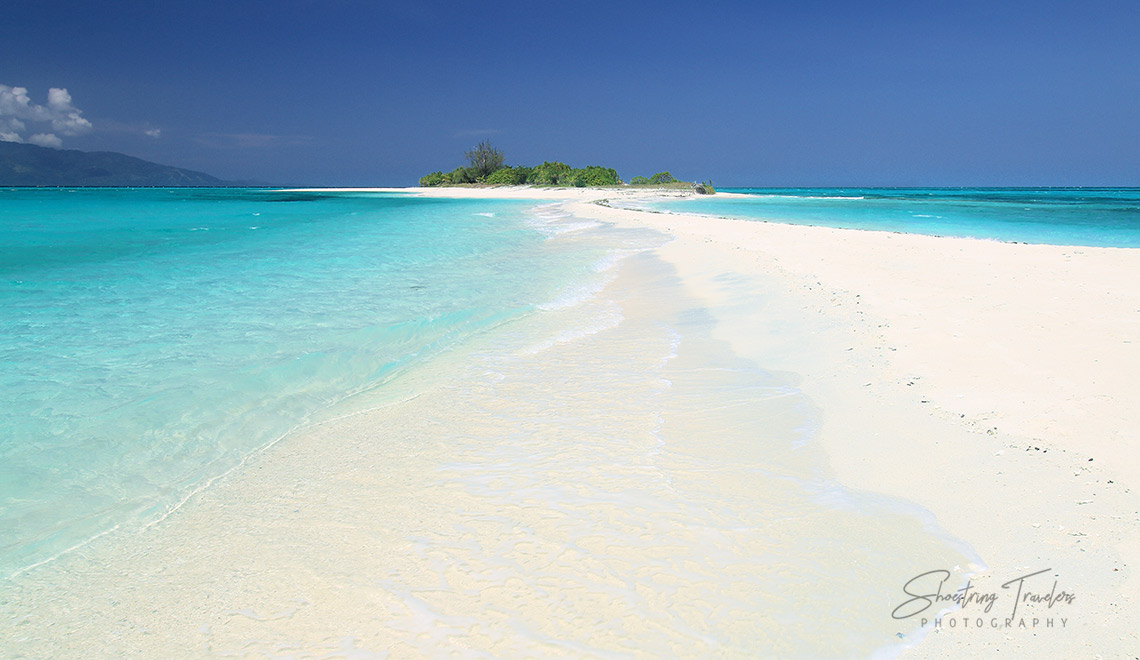

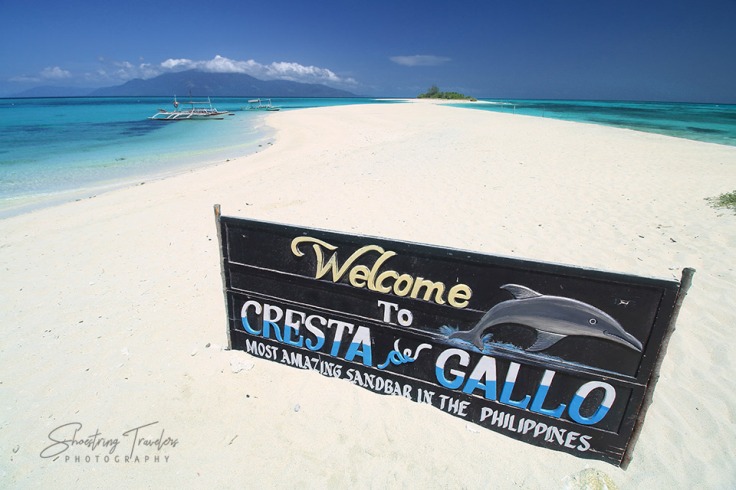

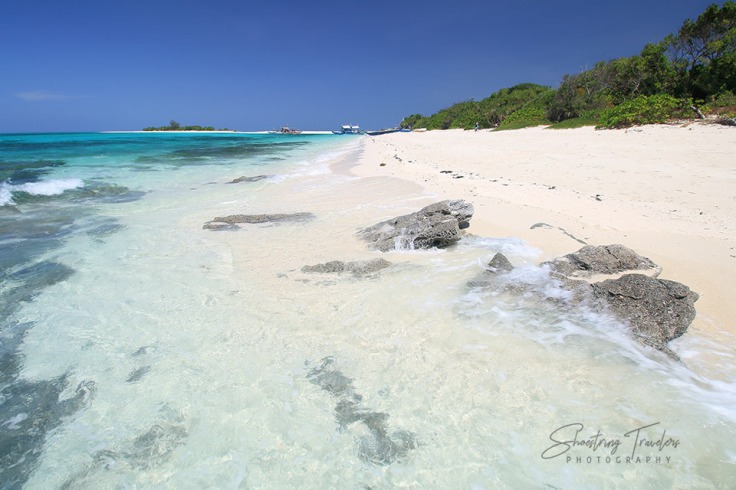
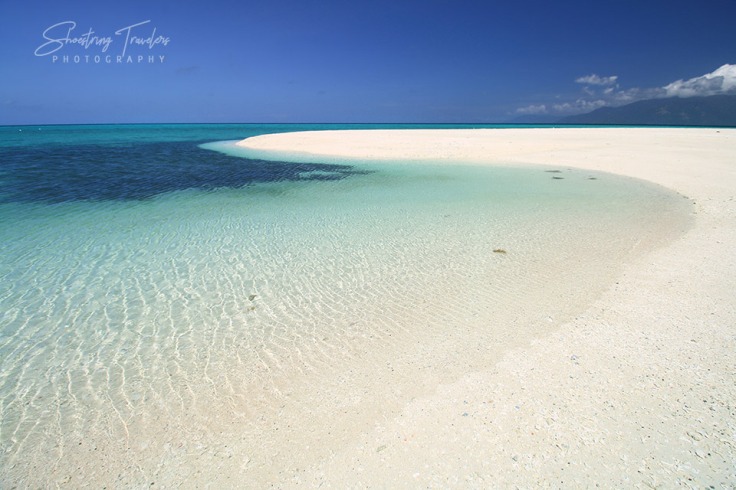
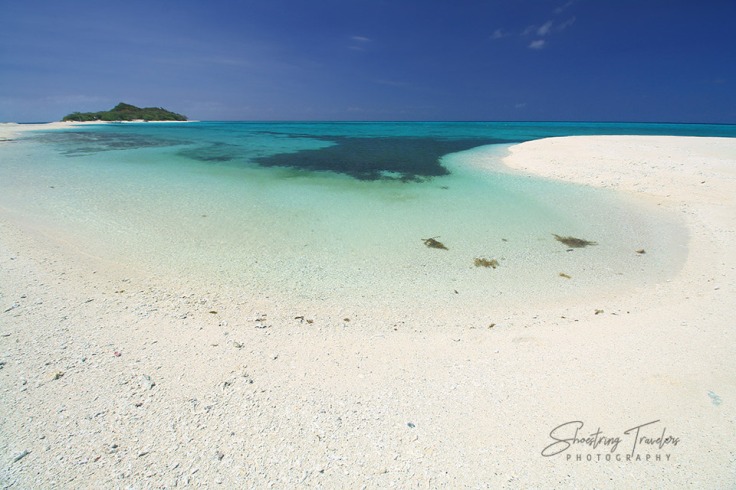
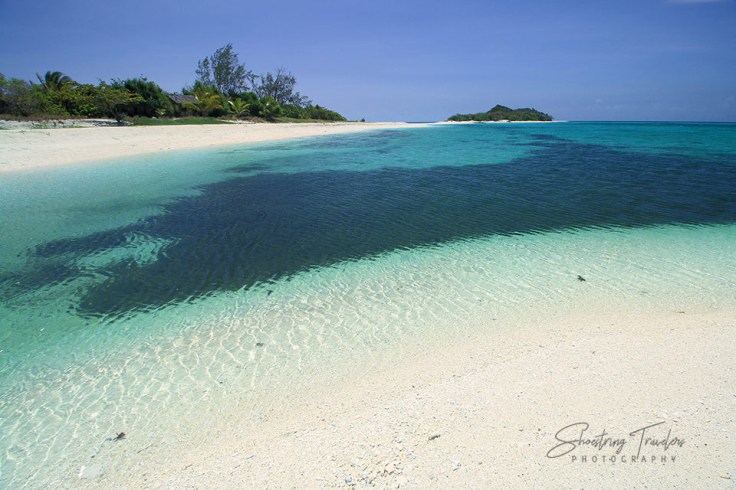
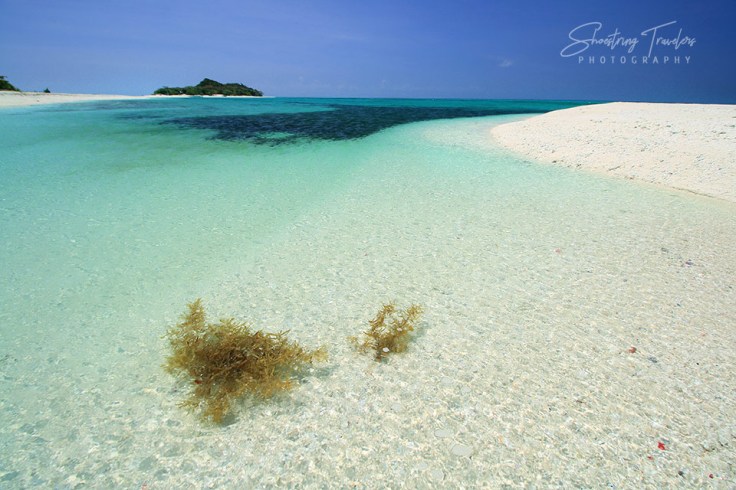
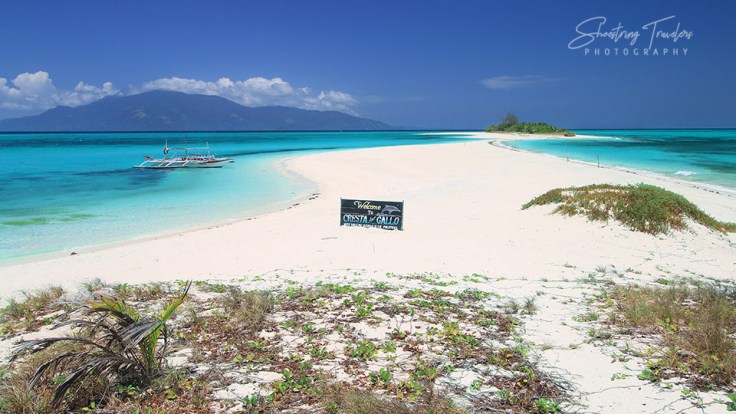
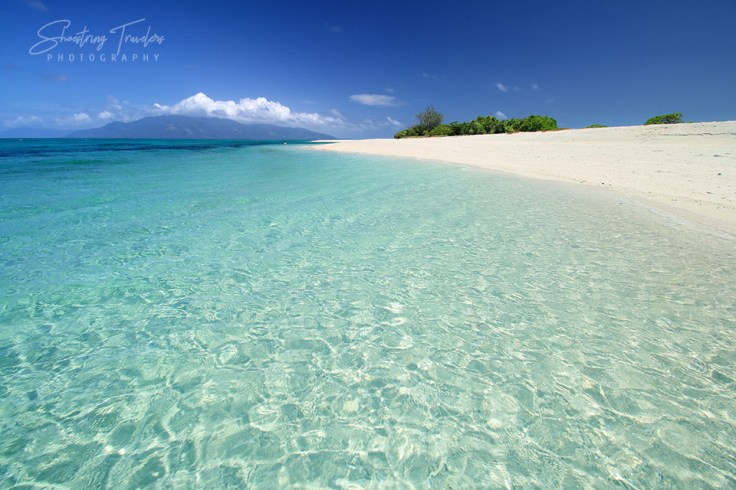
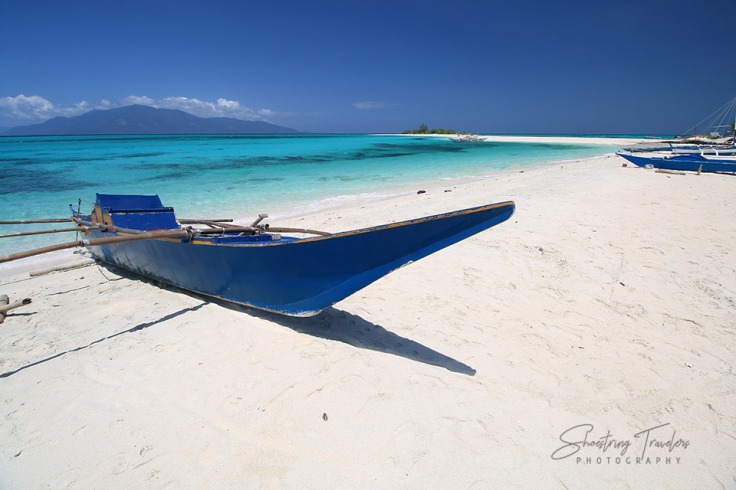
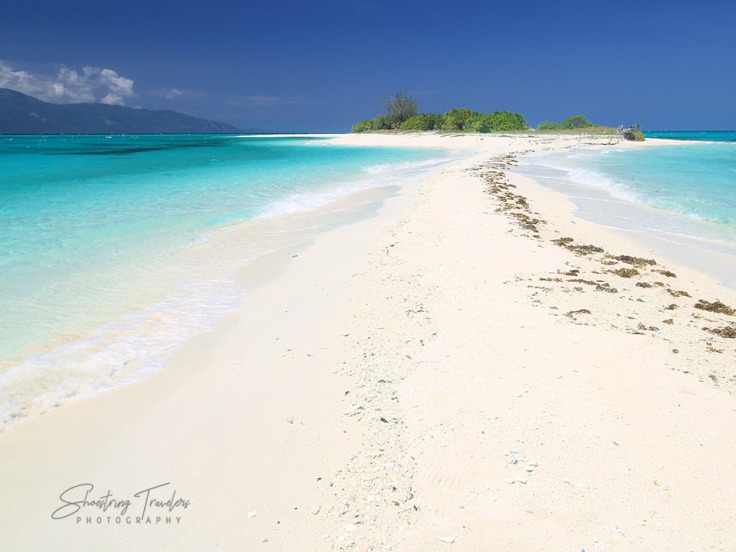
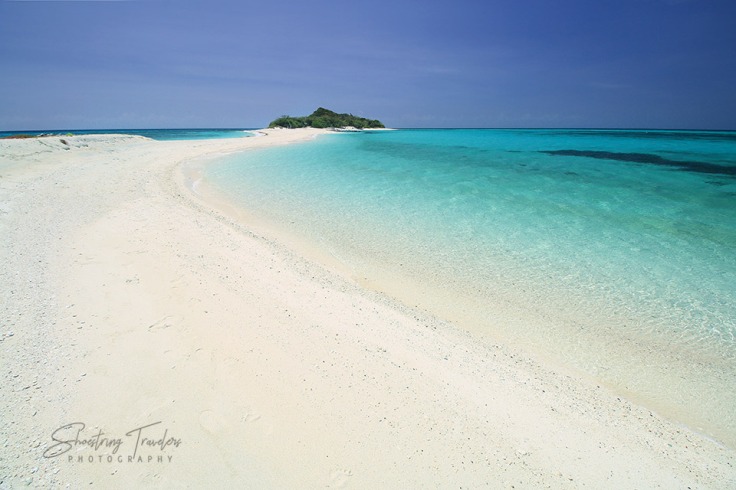
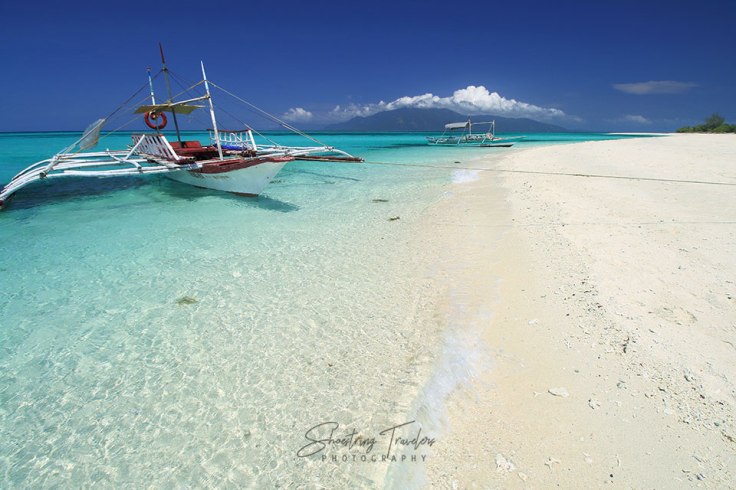
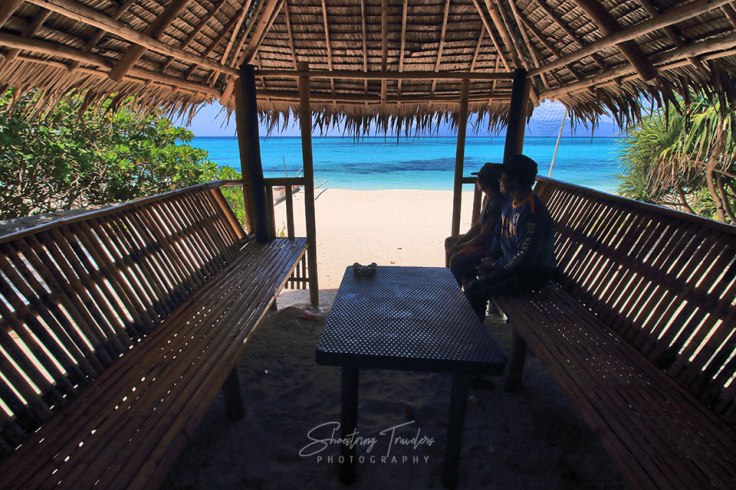
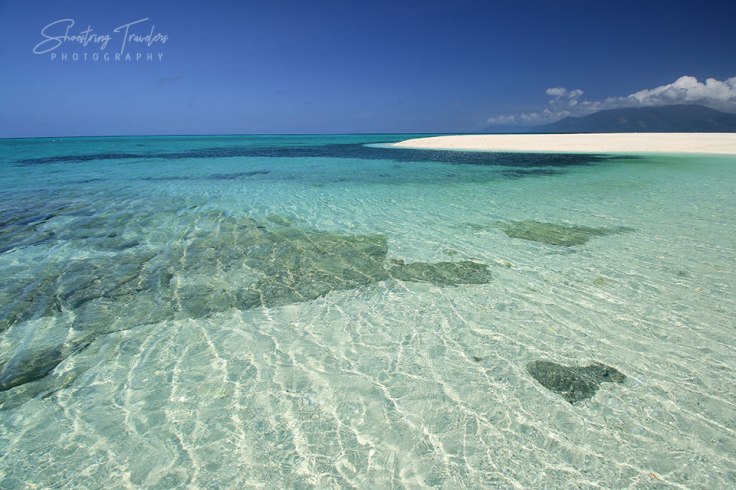
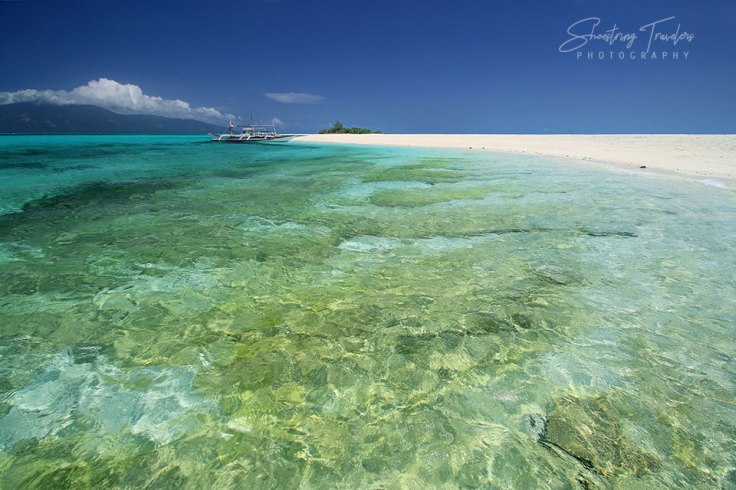
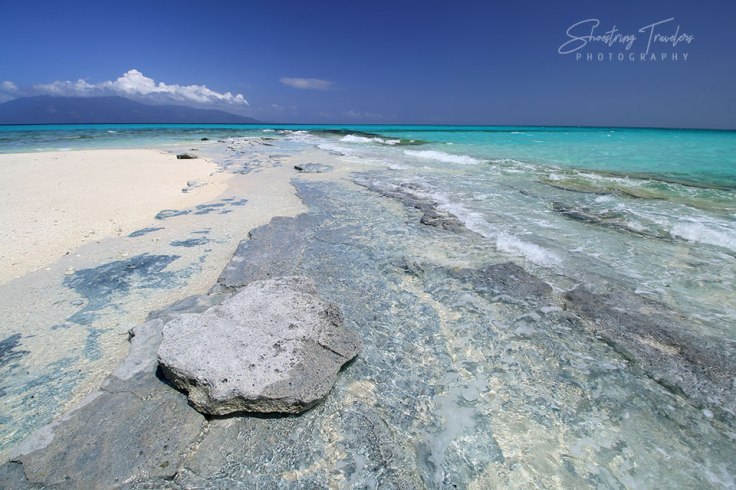
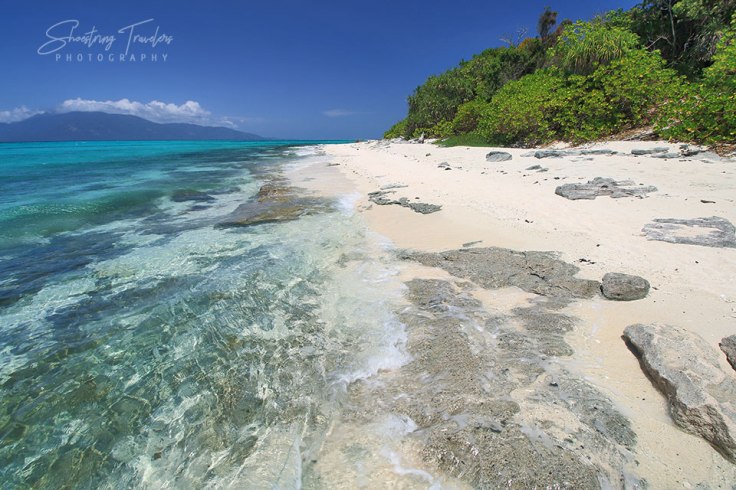

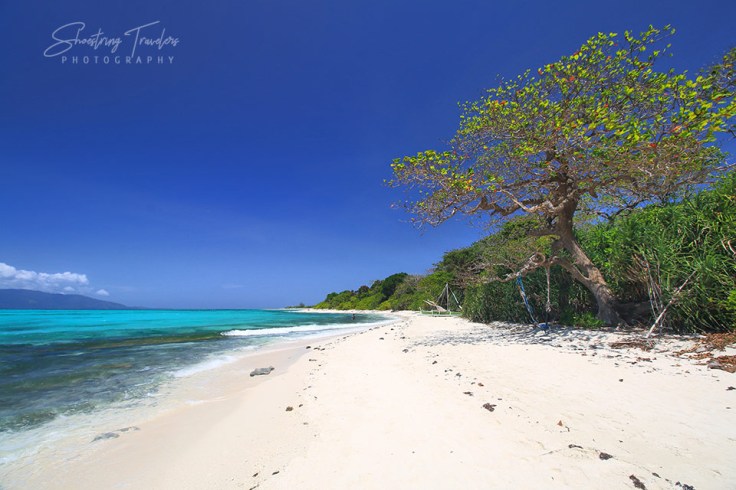
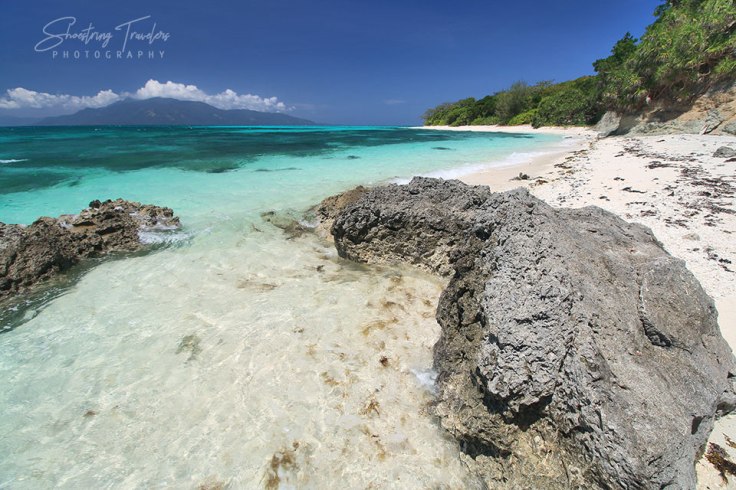
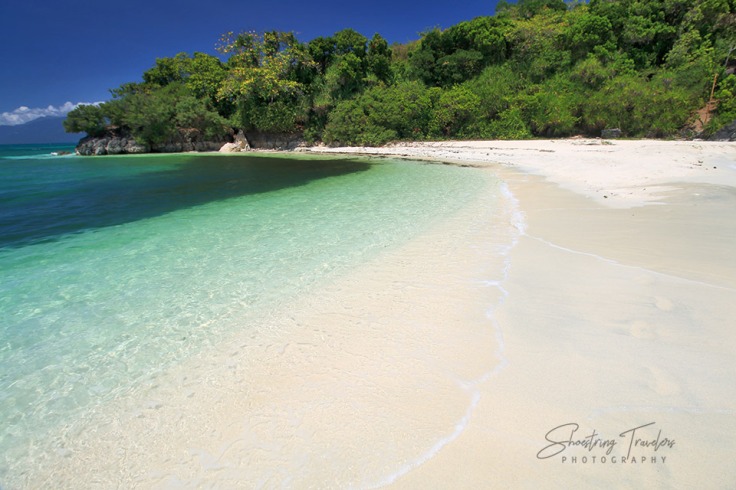
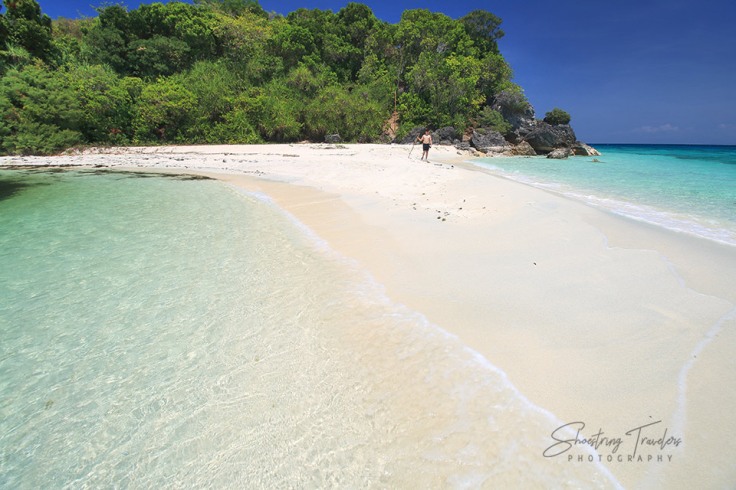
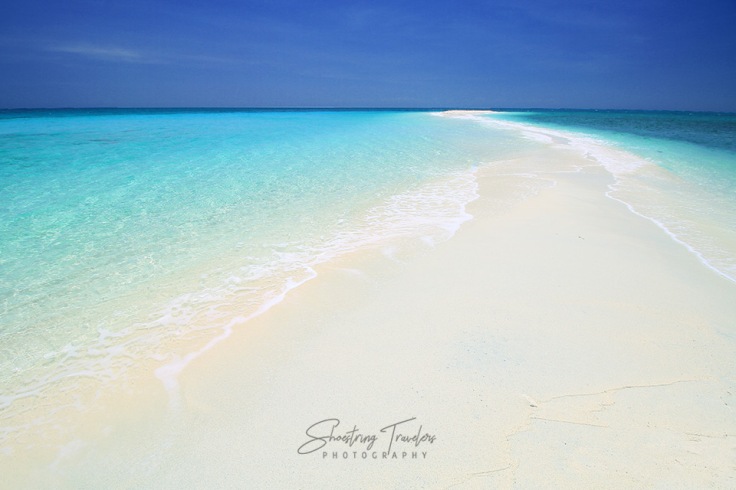
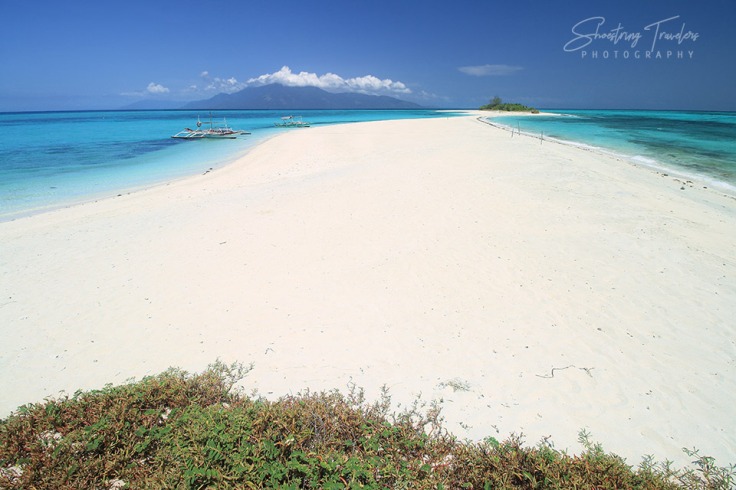
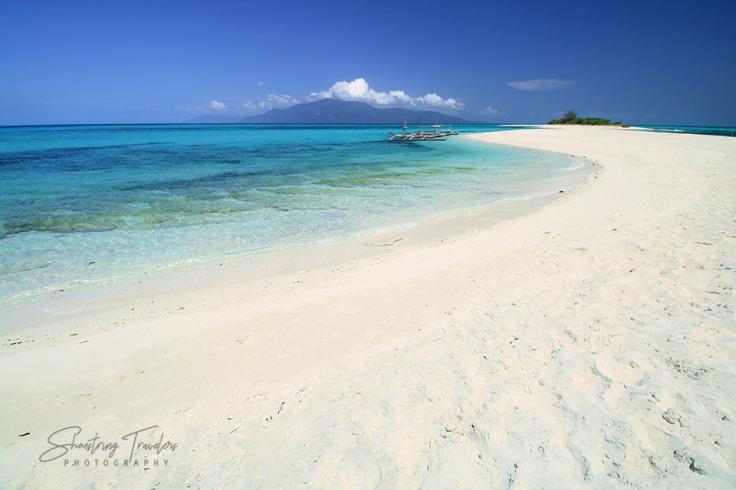
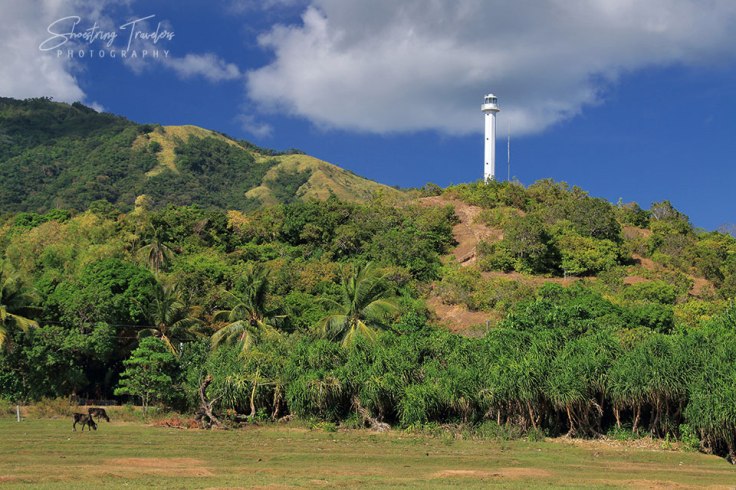
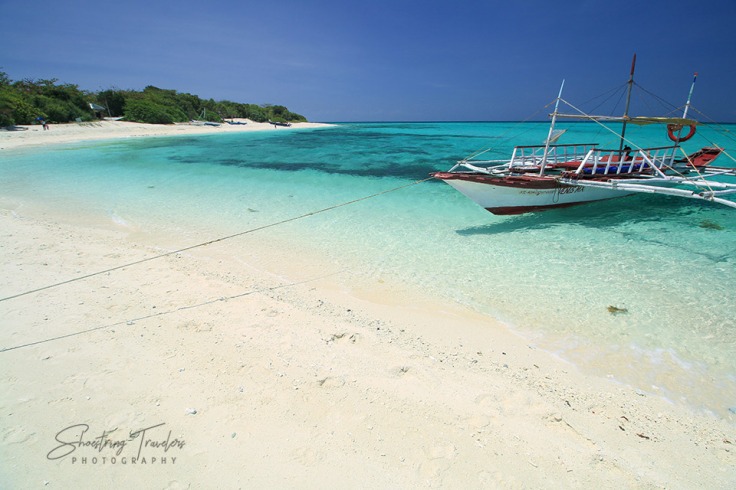











Warmth and beauty comes through your lovely gallery. Wishing I was right there!
Thanks Pepper! Happy to share the beauty of God’s creation with everyone here. 😊
Thanks for sharing this idea Anita
You’re welcome Anita!